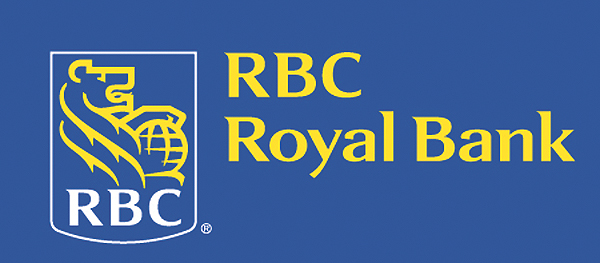
RBC boosts dividend after profit surges 24% to record $3 billion, beating expectations
Royal Bank of Canada reported record net income of more than $3-billion for the fiscal first quarter, beating analyst expectations, while raising dividends by five per cent.
Canada’s biggest bank by market capitalization reported diluted earnings-per-share of $1.97, up $0.39 compared to a year earlier. After adjustments, EPS was $1.87 compared to analyst estimates of $1.76, according to those surveyed by Bloomberg.
RBC also increased its quarterly dividend to $0.87 per share.
“Overall, RBC had a great start to the year,” said Dave McKay, RBC president and chief executive, in a conference call with analysts.
RBC also announced a shuffle in its upper ranks. After three years as the bank’s group head of personal and commercial banking, Jennifer Tory will take on the role of chief administrative officer as of May 1. Neil McLaughlin, executive vice president of business financial services for personal and commercial banking, will replace Tory.
RBC is the second of Canada’s biggest banks to report its earnings for the quarter ended Jan. 31 and, like Canadian Imperial Bank of Commerce a day earlier, it handily beat expectations.
Canadian banking earnings increased by a “solid” eight per cent year-on-year, while mortgage and business loan growth were up six and seven per cent, respectively, said CIBC Capital Markets analyst Robert Sedran in a note to clients.
“Overall, this feels to us a like a bit of a workmanlike quarter from Canada’s biggest bank,” he said in a note before the conference call. “Canadian Banking did well, and so did the U.S. businesses (including the capital markets side). This is not the kind of quarter that changes an investment thesis, in our view, but rather one that supports our positive one.”
The earnings beat was driven largely by lower provisions for credit losses and stronger trading, said John Aiken, an analyst at Barclays, in a note.
“With the size of the beat as well as a better than anticipated dividend increase, we would expect to see a lift in RY’s relative valuation.”
Provisions for credit losses (PCL) came in almost $100-million below expectations at $294 million, said Aiken.
This was an 18 per cent drop from the previous quarter.
Rod Bolger, RBC’s chief financial officer, said in a conference call its “strong credit performance this quarter largely reflects benefits from continued recovery in the oil and gas sector, stable economic conditions in many of the regions we operate, and prudent risk management across our portfolios.”
Total PCL ratio of 0.22 per cent was down 5 basis points as compared to last quarter.
“Overall, credit was solid and the drop in provisions was on both retail and corporate loans,” said Aiken in the note. “Unlike CIBC yesterday, there does not appear to have been any incremental deterioration in RY’s consumer credit book, with delinquencies improving from a year ago.”
The bank’s closely watched capital measure, the CET1 ratio, rose 20 basis points to 11 per cent.
Thanks:
RBC CEO says Toronto real estate market ‘not sustainable,’ company posts record net income


